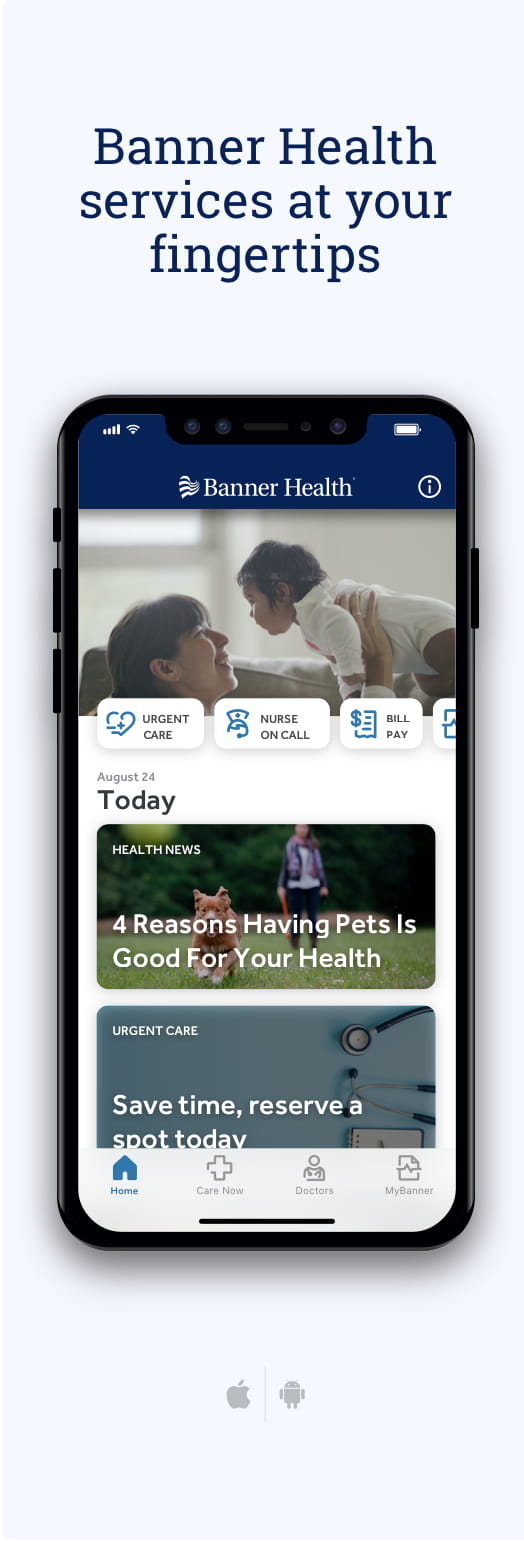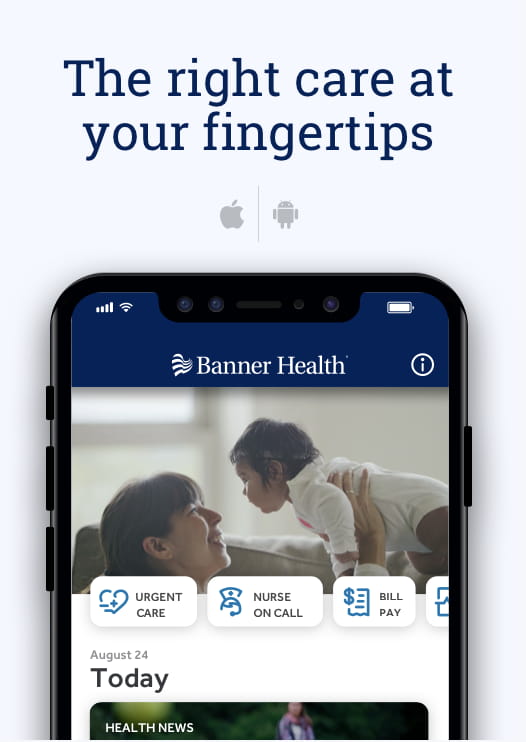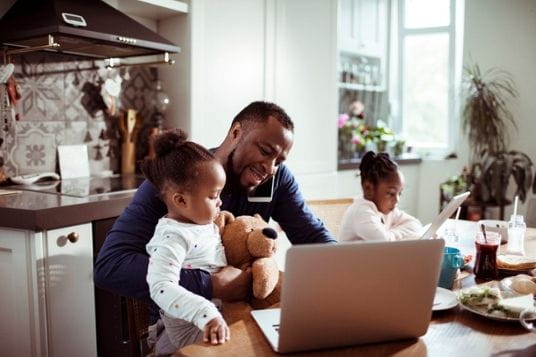There’s nothing more heartwarming as a new parent than to watch your newborn peacefully fall asleep.
Now that they’ve finally arrived in this world, you want to make sure they are well taken of—including when they are blissfully asleep. There are plenty of things that hold true these days when it comes to caring for baby, however some important things have changed since you were a baby.
AAP’s new safe sleep guidelines
In July 2022, the American Academy of Pediatrics (AAP) announced updated safe sleep guidelines for babies under the age of one year old in an effort to reduce the risk of sleep-related infant deaths. The recommendations underline modified sleep practices, bans on products and emphasize the risks of co-sleeping.
These changes come just after the U.S. Consumer Product Safety Commission’s (CPSC’s) 2021 announcement of a ban on a range of sleep products, including sleep bumpers and inclined sleepers.
More than 3,400 babies die suddenly and unexpectedly while they’re sleeping each year in the U.S., usually due to sudden infant death syndrome (SIDS) or accidental deaths from suffocation or strangulation. Sadly, the rate of sudden or unexplained deaths are highest among Black and American Indian/Alaska Native infants than in white infants.
“We’re still unsure of the causes surrounding SIDS, so there is no guaranteed way to prevent it from happening,” said Helene Felman, MD, a pediatrician with Banner Children's. “However, we can create safe sleep conditions to help reduce the risk.”
Key takeaways from new safe sleep guidelines
Creating a safe sleep environment for your baby can help reduce the risk of all sleep-related deaths. Dr. Felman shared some of the key takeaways from the AAP guidelines for parents.
1. Use a firm, flat sleep surface
While some adults like to be enveloped by their “cloud-like” mattress, this type of mattress is extremely dangerous for babies.
“Your baby should be placed on a firm surface that doesn’t indent (or dip down) when your baby is lying on it,” Dr. Felman said. “As well, the sleep surface, whether in a bassinet, crib or play yard, should not incline more than 10 degrees.”
Here are some additional things to consider:
- Purchase products that meet the CPSC’s safety standards and register your products to ensure you get updates on any recalls. If a product doesn’t meet federal safety standards, don’t purchase it.
- Don’t use products for sleep that aren’t designed for sleep, such as Boppy pillows.
- Check that the crib mattress fits tightly in the crib.
- Move your sleeping baby from a car seat, stroller, baby swing, infant carrier or sling to a firm sleep surface on their back as soon as possible.
- Check with your local Social Services agency for help with low-cost or free sleep surfaces.
- In an emergency, an alternative device with a firm flat non-inclined surface (e.g., box, basket or dresser drawer) with thin, firm padding may be used temporarily. This alternative device should be replaced as soon as a CPSC-approved surface is available.
2. Keep sleep area empty – even of blankets
Objects in a crib or bassinet can increase your baby’s risk for suffocation, strangulation and getting trapped.
These items include:
- Pillows
- Toys of any kind
- Blankets (quilts, comforters, weighted blankets)
- Mattress toppers and non-fitted sheets
- Bumper pads or related products that attach to crib slats/bars
- Weighted blankets, sleepers, swaddles or other weighted objects
“If you’re concerned about your baby getting cold, dress them in layers or use a wearable blanket, but be mindful of overheating” Dr. Felman said. “Overheating can increase the risk of SIDS. So only dress your baby in one more layer than you would wear in the same environment. And avoid placing hats on them.”
3. Always place baby on their back during naps and bedtime
Infants who sleep on their backs are much less likely to die of SIDS than babies who sleep on their stomachs or sides.
“Some parents worry that their babies will choke in their sleep, but a baby’s gag reflux will keep them from doing this,” Dr. Felman said. “Even babies who have acid reflux should sleep on a flat, firm surface during nap and bedtime.”
If your baby is rolling over in their sleep, which usually occurs as early as four months, infants can remain in the sleep position they assume. Even if they are rolling over prior to their first birthday, best evidence suggests that infants should be continued to be placed on their backs to sleep until aged one year.
4. Never co-sleep with your baby
The AAP recommends sharing the room with your baby for the first six months but not sharing your physical bed. You can place your baby next to you in a crib, bassinet or play yard in your bedroom so it’s easier to feed and comfort them.
“Room sharing can decrease the risk of SIDS as much as 50% and it’s much safer than bedsharing,” Dr. Felman said. “Sleep-related infant death is 5 to 10 times higher when parents share the bed with babies younger than 4 months of age.”
As well, don’t co-sleep with your baby if you smoke cigarettes, vape or use nicotine or if you’ve been drinking alcohol, using marijuana or taking medications like opioids or illicit drugs. Any exposure to smoke or nicotine can be harmful to babies, but smoking by a parent before, during or after birth can put a baby at substantial risk for SIDS.
“The concern is that a parent who is tired or has taken certain medications or drugs may not wake up and could risk injury and death to baby,” Dr. Felman said. “As wonderful as it may feel to snuggle in bed at bedtime with your baby, this is simply not worth it.
5. Don’t purchase devices that claim to reduce SIDS risk
“Save your money,” Dr. Felman said. “Products that claim to reduce the risk of SIDS only give parents a false sense of security and there is no evidence they reduce the risk of death.”
6. Do tummy time during awake time – for parent and baby
The AAP recommends supervised (this means all eyes on baby) tummy time for full-term babies starting in the first week, once their umbilical cord stump falls off.
“For newborns, their patience may only allow for a minute at a time a couple times a day,” Dr. Felman said. “Then slowly increase to 15 to 30 minutes of total tummy time every day by the time they are 7 weeks old."
This helps your little one develop fine motor development, neck strength and prevents flat head syndrome like plagiocephaly.
Other helpful reminders
Along with creating a safe space for your baby to sleep, here are some other helpful reminders to keep in mind:
- Don’t skip prenatal visits if you’re pregnant and well-checks for baby.
- Make sure baby is up to date on vaccinations.
- Pacifiers at naptime and bedtime are recommended but wait until breastfeeding is well established before starting. P.S. It’s OK if your baby doesn’t want a pacifier.
- Give guidance to anyone (babysitter or caretaker) who is caring for your baby in your absence to ensure they are up to date on what to do and NOT to do at naptime and bedtime. Things may have changed since the last time they cared for a child.
Got further questions?
Don’t hesitate to contact your baby’s health care provider for guidance. Your baby and you deserve the best night’s rest. Make sure it’s done safely so you both sleep peacefully.
Related articles
How to Swaddle a Baby: A Step-by-Step Guide for Parents
Tips for Dealing with Sleep Regression in Babies and Toddlers
What to Know About Feeding Your Baby Formula
Diaper Bag Essentials: A Checklist for Every Age


